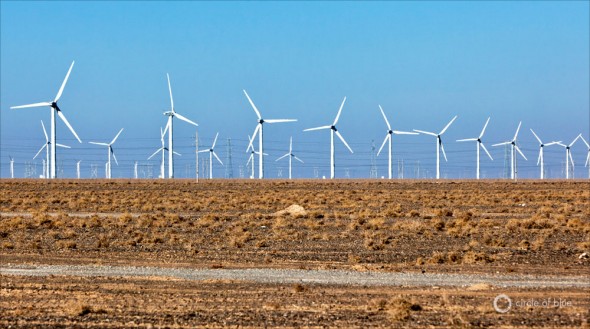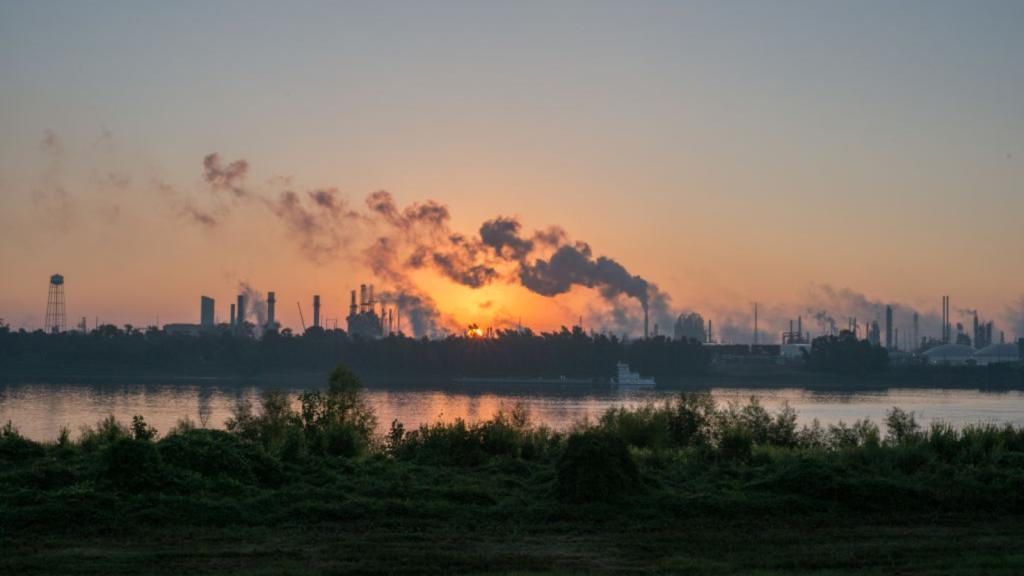In 2010, China produced 3.15 billion metric tons of coal, according to government figures, most of it to produce electricity. Of the 962 GW of generating capacity in China, and the 4.19 trillion kilowatt hours of electricity that was produced last year, 80 percent was powered by coal. China’s coal mining, processing, and electrical generating industries consumed over 112 billion cubic meters (30 trillion gallons) of water annually, which is nearly 20 percent of all national water consumption, according to the China Ministry of Water Resources.
Total electrical generating capacity is expected to double in China by the end of the decade, reaching 1,900 GW. The magnitude of the increase is astonishing. In 2020, nine years from now, government officials and energy industry executives project adding as much electrical generating capacity as exists today in the United States. More than half of this increase, 500 GW, according to various government and academic projections, will come from coal.
Coal production and use could grow to 4 billion metric tons per year by 2020, which is 30 percent more than last year, according to analysts at Tsinghua University in Beijing.
That means even more water will be consumed. The China Ministry of Water Resources estimates that annual water use will increase from 591 billion cubic meters in 2010 to as much as 630 billion cubic meters in 2020. The largest share of that increase — 15 billion cubic meters (4 trillion gallons) a year — is due to the increase in coal mining and processing, along with cooling coal-fired power plants.
Meanwhile, China is slowly getting drier.
The overall supply of water available in China’s rivers, lakes, and aquifers has fallen 13 percent since 2000, according to the National Bureau of Statistics. Chinese climate scientists and hydrologists say this trend — which has reduced the nation’s total water supply by 350 billion cubic meters (93 trillion gallons) a year — will continue as a result of climate change, which is disrupting patterns of snowfall and rain.
The searing conditions, coupled with China’s insistence on developing at a scale and speed never seen previously, are yielding a decisive environmental and economic choke point with global implications. The driest northern and western regions — Inner Mongolia, Shanxi, Xinjiang — are precisely where the vast new reserves of coal that China says it needs for modernization are located.
For the time being, most of those new reserves can’t be tapped because there is not enough water. Northern China’s rainless weather, moreover, appears to be getting worse. Beijing and other northern and western cities are currently enduring the driest winter in 60 years.



